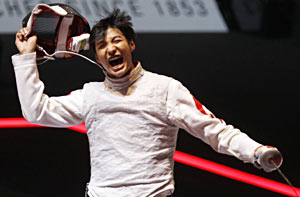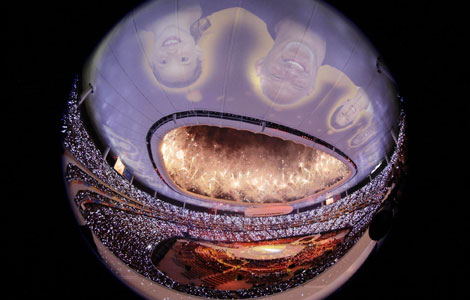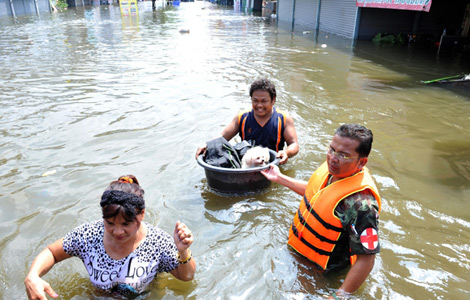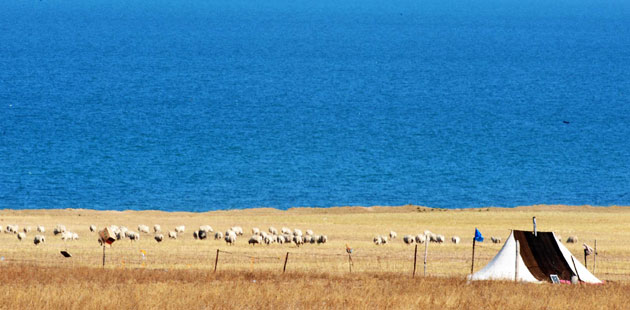Barcelona look to New Masia for New Messi
Updated: 2011-10-21 16:19
(Agencies)
|
|||||||||||
|
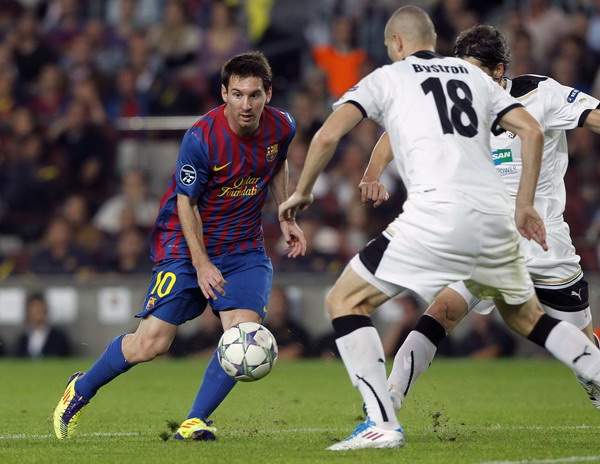 Barcelona's Lionel Messi (L) runs for the ball in front of Viktoria Plzen's David Bystron during their Champions League Group H soccer match at the Nou Camp stadium in Barcelona, Oct 19, 2011. [Photo/Agencies]
|
"Excellent shooting ability, extremely fast with the ball at his feet, low centre of gravity that gives him great balance on the move, intelligent and mentally astute," read their report.
It was early October 2000 and the talented 13-year-old about to win a coveted place at the club's youth academy was future double World Player of the Year Lionel Messi.
Now 24, Messi is the most famous product of the academy known as "La Masia" after the quaint 18th-century Catalan stone farmhouse next to the Nou Camp stadium where a handful of recruits were housed until earlier this year.
More than three decades after the original Masia opened its doors to young hopefuls, the academy is beginning a new era with the official inauguration of the "New Masia" residence at a gala ceremony on Thursday that included a spectacular firework display and was broadcast live on YouTube.
The Spanish and European champions have spent around 11 million euros ($15 million) on the box-like steel and glass-fronted building, which stands next to the pitches where the first team train and will initially house some 80 young athletes from the club's various sports teams.
The list of past soccer academy graduates is impressive, starting with current coach Pep Guardiola, who moved into the Masia in 1984 as a 13-year-old, leaving his home village of Santpedor around 70 kms from the city.
The former Barca and Spain midfielder paved the way for such names as current club captains Carles Puyol and Xavi, Andres Iniesta, who scored the goal that won Spain the 2010 World Cup, and former Arsenal captain Cesc Fabregas, a team mate of Messi's in the youth ranks.
In all, 11 of the current first-team squad are products of the Masia and Barca are often compared with great rivals Real Madrid, where goalkeeper Iker Casillas is the only Real youth academy graduate with a regular place in the starting 11.
English Premier League champions Manchester United, who lost to Barca in the 2009 and 2011 Champions League finals, have six academy players in their first-team squad.
Foul mood
Alex Garcia coached Messi and Fabregas, as well as current Barca and Spain centre back Gerard Pique, when they were 15 year olds before leaving the club earlier this year to coach Georgian side Dinamo Tblisi.
In an interview with Reuters, Garcia remembered Messi and Fabregas as "very quiet and receptive lads but very competitive and mature on the pitch".
"They were so competitive in training that when they lost they went off to the showers in an extremely foul mood considering their tender years," Garcia said.
"The important thing is that they have retained the same character as back then.
"That's one of the secrets of why they are currently among the top 10 players in the world.
"Obviously when you have played together for many years this understanding lasts for ever, as we are seeing currently with the first team."
Rosario-born Messi, who attended Thursday's ceremony along with his team mates, came to Barcelona with his family and was never a Masia resident but believes spending time there with the other recruits helped him adapt to his new life.
"I ate there every day and spent many hours there so I have a lot of memories," he told a news conference on Tuesday before Barca's Champions League game against Viktoria Plzen.
"It helped a lot in my adaptation and now that I have seen the new building it seems impressive and spectacular."
The emphasis on developing talent from within the club is known as "the policy of the youth academy rather than the wallet", highlighting the economic benefits of the academy.
Graduates form the basis of the first team but Barca has also been one of the biggest spenders on players over the years, including paying around 80 million euros for Fabregas and Chile forward Alexis Sanchez in the close season.
Rounded individuals
Players who pass through the academy, known in Spanish as the "cantera" (quarry), are imbued with Barca's unique brand of stylish, possession-based soccer, most recently on display in the game against Plzen when Barca had more than 70 percent of the ball and the Czech side failed to muster an attempt on goal.
As well as honing their football skills, recruits from Spain and beyond lucky enough to win a place at the Masia undergo an intense programme of education which officials say produces more rounded individuals who have a better chance in life if they fail to make it as a professional athlete.
Carles Folguera, a former roller hockey goalkeeper who took charge of the Masia in 2001, told Reuters on Thursday the main advantage of the new facility was that the training pitches, medical services and academy staff were all on one site.
As to whether the New Masia would help unearth the next Messi, Folguera was realistic.
"That's going to be tough," he said with a smile.
"A Messi comes along only once a century and it has been our good fortune to be able to enjoy him.
"What we need to focus on is making sure that all the kids who come here, whether they are budding Messis or not, are able to become a source of pride for the staff and for the Barca fans and that they are filled with desire to do things well."
($1 = 0.730 Euros)
Hot Topics
Libya conflict, Gaddafi, Oil spill, Palace Museum scandal, Inflation, Japan's new PM, Trapped miners, Mooncake tax, Weekly photos, Hurricane Irene
Editor's Picks

|
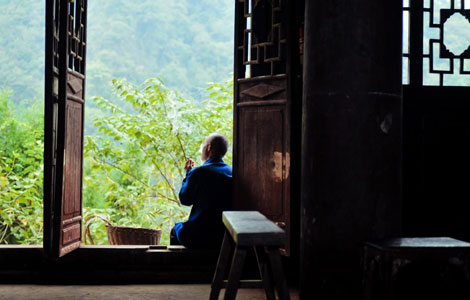
|
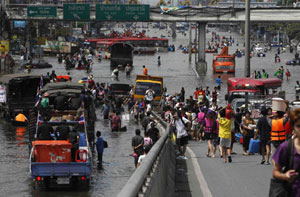
|
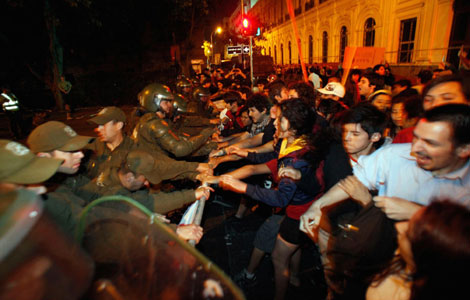
|
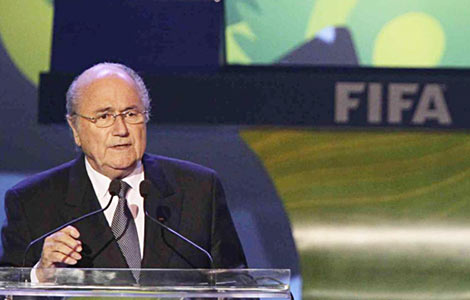
|
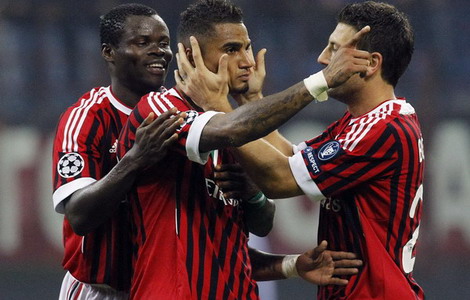
|


